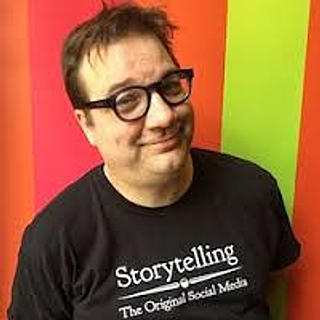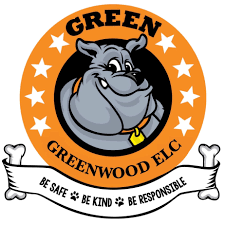Growing with Books
- Kevin Cordi
- Aug 10, 2022
- 4 min read
I was the smallest person in the school, district, not school, but the entire district. There is one place that I was not small and that place was the library at Greenwood Elementary in now Green, Ohio. When our class entered the little library at the end of hall, Mrs. Harvey's, the librarian, eyes would brighten when she saw me.

"Kevin, I have been saving these books for you." I remember everyone else would leave at the appointed time, but I was allowed to stay longer just to go on the tall journey into the magical land of books. I would ask her how tall was the Statue of Liberty and like magic, she would find the book so I could dive in to find out.
In kindergarten, Mrs. Dasher recognized that I not only loved to read, but could read well. Every day I sat on a tall stool and read a book to the second and third graders. I read with the energy in which I loved to read. It was from these experiences from Mrs. Harvey and Mrs. Dasher that I relished reading and telling stories. These experiences gave me new places to work with story.
When discussing place in writing and telling stories, one can't neglect how our stories grow with the experts and the fantasy creators in books. Imagine how much research J. R.R. Tolkien did to make

Hobbits and Hobbit lands real. Books are gateways that lead to deeper questions and inquiry. They are tickets to take us what we are not experiencing.
I did not have a ring of power, but I felt power when I read about Bilbo holding the ring.
Greenwood elementary was a place that I could escape into a world where Hobbits were my neighbor, a pig could talk to a spider, gods were fun and angry, and horses could fly.
When my wife Barbara and I entered the Austrian National Library, I realized that I was small in the large world of books, but it is alright to be small in this immense collection. I could never be as big as this collection, but I realized that I could make a difference regardless of my size. We can all add to the community.

I had to pause to see two things, not everyone had access to this collection because it was a privilege that came with class. It was a way of dividing the rich from the poor. Books where not allowed to be seen unless you could afford them. They hold too much power. They have the power to help you see where you are and where you can be. It took many years, but accessibility would come because of the need to know, the want to learn about elsewhere, and the dream of possibility. These people wanted Hobbits with power too.

The world would expand as we became more and more literate. This is not to neglect the rich oral culture that existed in the past and is still here today. I relish in the tales of Anansi but also the urban legends in my neighborhood.

As writers and tellers of stories, we sometimes forget that reading more about the subject that we are working on can add a deeper level of our telling and writing of a story.
Like the secret open door above, a place they hid books so they would not be stolen if they were invaded, we can discover more. By the way, they were invaded (The story can be found in the books., smiles.)

I know it sounds simple, but multiple perspectives, varied experts, and new tones can add to the richness of the story that we are writing or creating. An image from a text can help reveal more to the story. We need to spend more time in the research as well as the writing. Whether we are writing or telling a fictional or personal tale, we can add depth to it.

If we are creating a new creature for our story, why can't we learn from the creatures of yesteryear? Perhaps Loch Ness shares a common lineage to our creature, but this can't happen unless we know the story of Loch Ness.
I am currently working on a ghost story from Virginia about a mail carrier who only delivers the mail from a train. I have many questions, as much as Google can share more about the time period and perhaps even send me links to train mail carriers, imagine the people who have written the books on the subject.

They took time to condense the research to tellable accounts. They also not only have the interest but the expertise. I want to find out is the story true? How many others have seen this man long after he died? What did they wear at the time? The books that speak to the event in Virginia can open pathways to more exploration. In addition to buying a train whistle to authenticate the sound of the train, I need to study the train and listen or read about people who road the train.
AN INVITE: This invites me to ask you to consider a story that you are writing a story that you are preparing to tell and locate at least three books that you can read that might add to the story.
Play with using the ideas.
You might be surprised on how this new depth or direction creates new demand to your story. As writers, we need to be readers. We need to play with ideas in our story and we can dimensions the more we prepare the story. The characters and environment and even the danger points can be heighten when we know more about them.
If you are writing a story about a coal, what do you know about the routine of coal miners? What a coal mine looks like and warning signs about it collapsing. The fun is in the inquiry and search.
If you do the work, I will share the tale of the train and the depth on the scary from the research. We will ride this journey together.

We invite you to share the results in the comment section or send it to me. I have enjoyed the conversation about these place based ways to move your story. Your conversations encourage me. You can send to kcteller@sbcglobal.net Send me some of your work or drop me a line. to let me know if this helpful. We would love to listen.






Comments